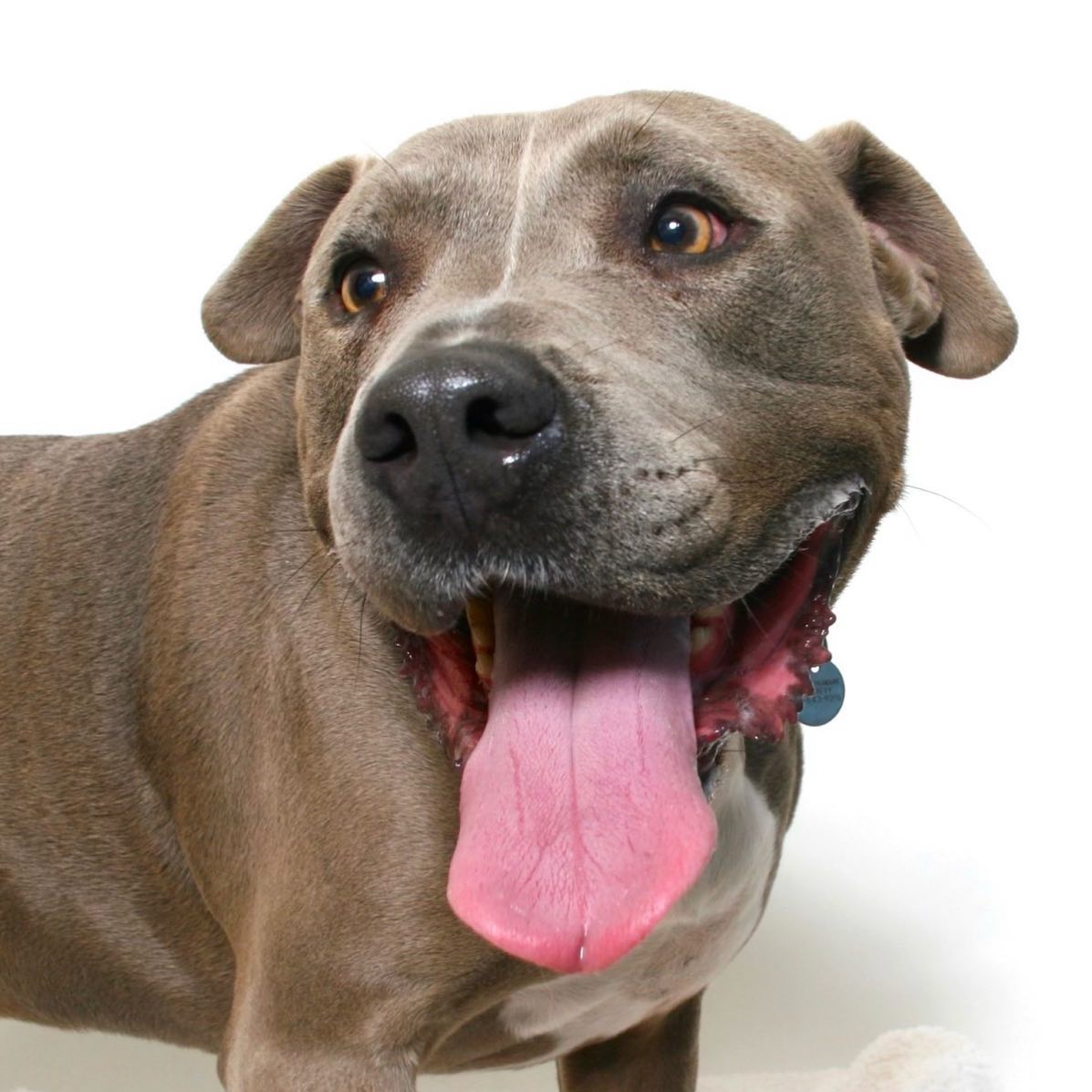Positive Reinforcement Training Tips from Woods' Behavior and Training Coordinator, Michelle Rizzi, CDPT
Positive Reinforcement is the humane and scientifically proven way of effectively training dogs and cats. Reward training is based on motivating the animal to perform, rather than punishing them for unwanted behaviors. Animals learn best without the stress or fear of punishment. They will also enjoy learning with the promise, or even the chance, that something good will happen.

"A Dog Will Do It If It Works" — Jumping Up
If you don’t want your dog to jump on you, don’t reward this behavior with attention of any kind. Next time your dog jumps on you, turn around and take a step away so that the dog falls to the ground. Then immediately, turn and look back at the dog. No treats, no lavish praise, just a simple smile will do. This tells the dog “jumping up on me sends me away…but I like it when your paws are on the floor”
Dogs bark because they are dogs. And not always for the same reasons. First you should determine why your dog is barking.
- Is it Fear - move dog away from “scary thing” and work on desensitizing
- For your Attention - ignore dog completely until you can get 10 seconds of quiet
- Out of Boredom - dog may need more exercise and/or stimulation
- You get the idea. And the list goes on.
Even if it seems that the dog is barking for no reason, the dog has a reason. Find out what it is, and then patiently work on the appropriate behavior.
Why does your dog pull on the leash? Because it works! Even if the dog is choking himself, if he is able to gain ground when he pulls, then that is reinforcing the behavior.
Rule of thumb: walk continues as long as the leash is slack; a tight leash makes the walk stop! There are several techniques you can try, to make it enjoyable for your dog to walk with you rather than punishing him with chokes, prongs, shocks, etc..
Recommended: front clip harnesses and martingale collars. Don’t get discouraged. If you need help, seek advice from a positive reinforcement trainer.
If you can hear your dog’s tags from across the room, imagine what she hears having them within inches of her ears (which are about 10 times more sensitive than yours). Keep only the tags that are necessary on her collar and if you have more than one, consider using a tag silencer. There are different types available and they are easy to use. Your dog will appreciate a little peace and quiet.
If you feel like your dog is just not listening to you, try not talking so much. Calling Fluffy’s name 10 times, is not going to teach Fluffy to come when you call the first time. Asking Scrappy to sit 7 times is not the way to teach a default “sit.” Or yelling “quiet” to the dog that is barking for attention, or “get off me” to the dog that is jumping for attention. Find a local Positive Reinforcement trainer in your area who can help you learn how to give clearer signals to your dog for a better behaved pet. Remember…the less you say, the more they listen.
It’s better to tell your dog what you want him to do, rather than tell him to stop doing something you don’t want him to do. “NO” or “Stop” is not giving enough information and still leaves the dog options to do something else you don’t like. Asking for a “sit” or “down” gives the dog something to think about (providing stimulation) and something to do, which could have pleasant results like praise, petting, playing, treat, or simply attention.
Some dogs are harshly punished, re-homed or even euthanized for snapping at children who, in some cases, have inappropriate and/or intrusive play styles. We need to teach our children the proper way to handle pets with respect.

View Our
PET & CHILDREN GUIDE

You Can’t Get There From Here
If you have an issue with your dog’s behavior, the first thing to do is to stop him from practicing this bad behavior or “habit” (i.e. jumping, lunging, barking, growling…) As with any habit, the longer you indulge, the harder it will be to give up. Try to avoid situations, things, and even people that may trigger the undesired behavior until you are able to commit to an effective behavior modification program and re-direct him to a more acceptable behavior.
Like anything else in life, when you're heading in the wrong direction, the first thing to do is stop, then figure out the right direction and move forward… You’ll get there.
I like this cue for letting dogs know that you are done petting, playing, or giving them any specific type of attention. You can casually end your play sessions with the cue "enough" and simply walk away when you are ready, ignoring the dog, but not showing a bad face. Remember, this is not the same as a time out since the dog didn't do anything that drove you away, so keep it light. Or end petting time by gently saying "enough" and turning your body away from your dog. She will soon recognize this word as a gentle dismissal and walk away, or accept your decision to end playtime. Great advice from Veterinary Behaviorist Dr. Patricia McConnell, I have used successfully for many years.








